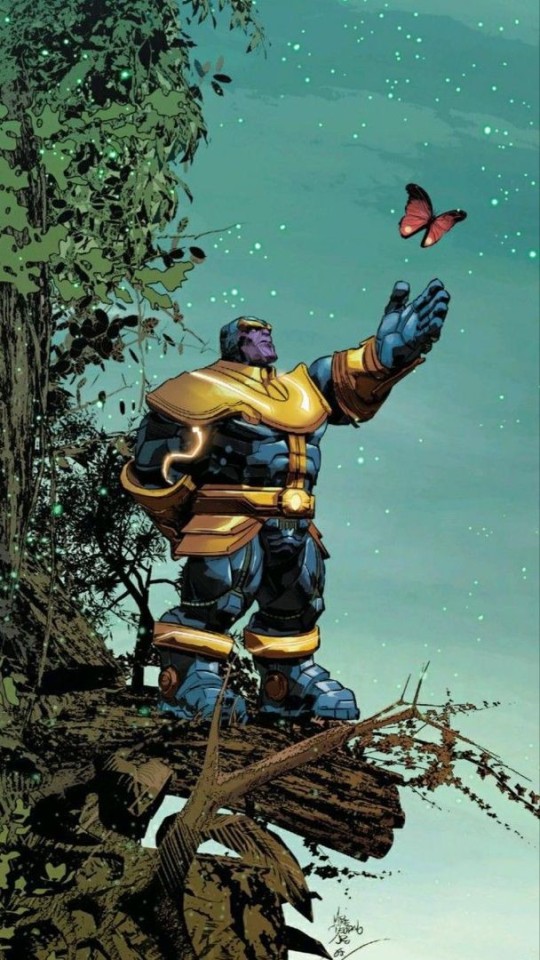#Dione
Text
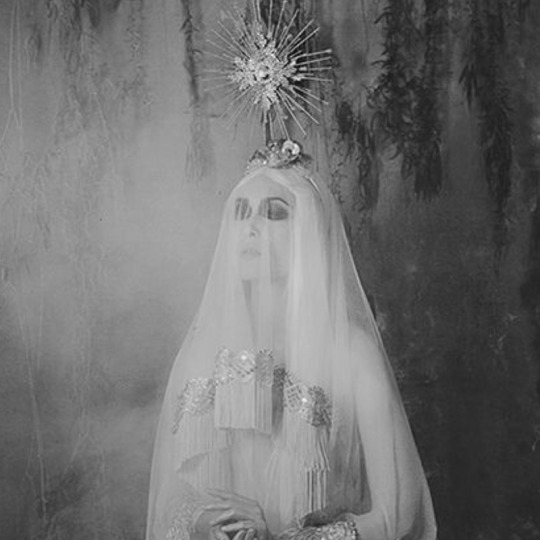



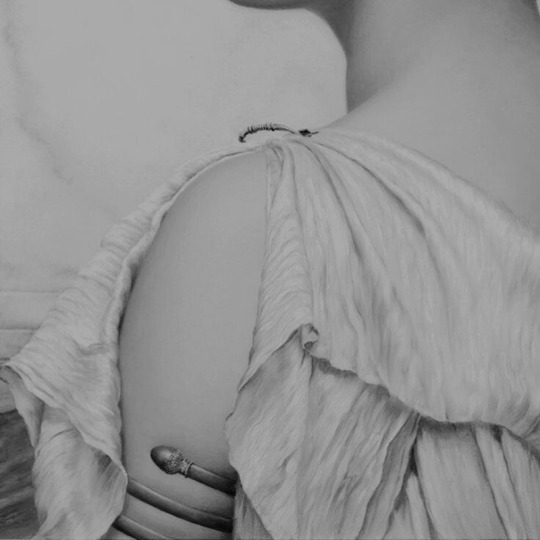


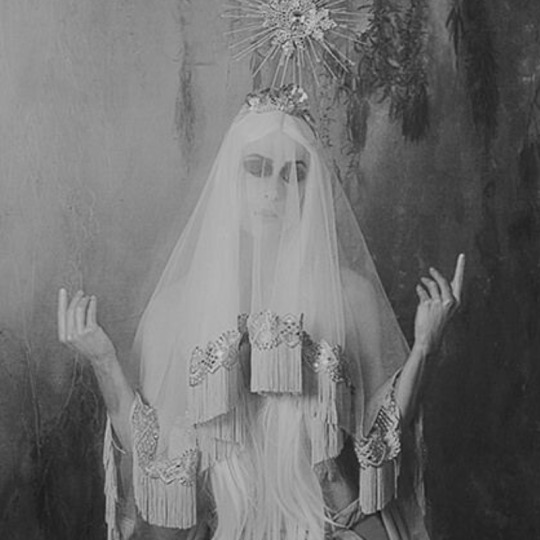

greek mythology: dione
dione was the titan goddess of the oracle of dodona in thesprotia, and the mother of aphrodite by zeus. her name is simply the feminine form of zeus. dione was described as "the temple associate" of zeus at dodona. the three elderly prophetesses of the shrine, known collectively as the peleiades, were probably her priestesses. these women were named "the doves" after the sacred bird of dione's daughter aphrodite who also posssessed a temple at the shrine.
225 notes
·
View notes
Photo


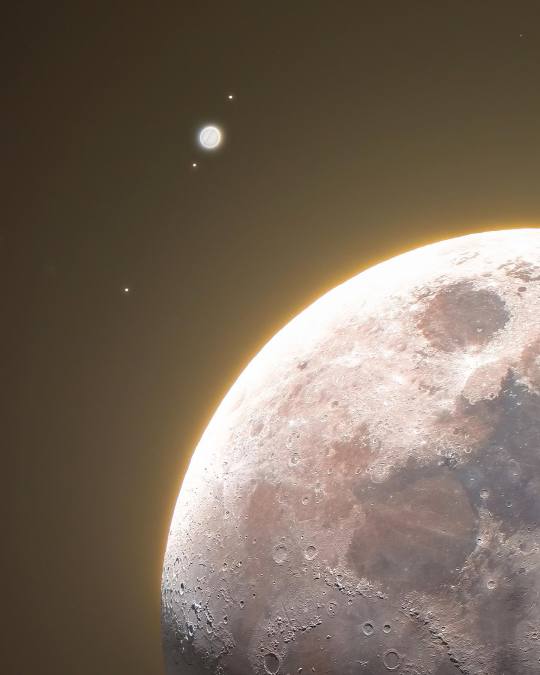

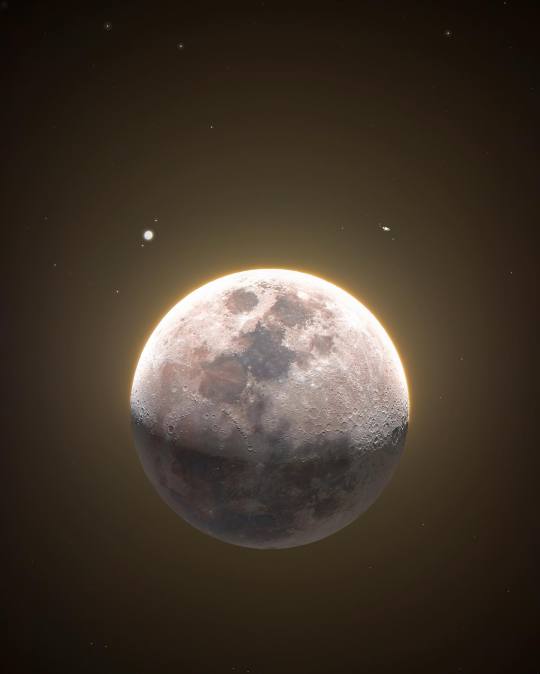
“ Moon and the two giants “ // Rami Ammoun
#Richmond#Virginia#United States#nightsky#astrophotography#Moon#conjunction#Jupiter#Saturn#Ganymede#Io#Europa#Callisto#Lapetus#Rhea#Dione#Tethys#Titan#Mimas#Hyperion#space#aesthetics#explore#follow#discover
425 notes
·
View notes
Text

Saturn with Moons Tethys and Dione - March 18th, 1996.
"Saturn and two of its larger moons - Tethys and Dione - were photographed by the Voyager 1 spacecraft, which flew by the planet in November of 1980. This picture gives an indication of Saturn's extensive ring system, which can be seen casting a shadow on the planet, as does Tethys. Saturn's rings are composed of many chunks of ice, ranging in size from a pebble to a car. The rings have several large gaps, the largest of which is clearly visible in the picture and is named the Cassini Division, after its discoverer. Saturn appears brighter than most stars in the sky, and its rings can be discerned with a small telescope."
76 notes
·
View notes
Text
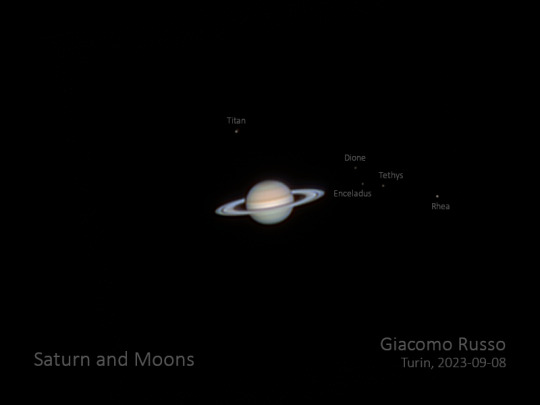
Saturn and a few of its moons on September 8, 2023 // Giacomo Russo
Those moons include: Titan, Dione, Enceladus, Tethys, and Rhea
#astronomy#astrophotography#solar system#planet#gas giant#saturn#saturn's rings#moon#saturnian moons#saturn's moons#titan#dione#enceladus#tethys#rhea
115 notes
·
View notes
Text
The Plurality of... Diones (Skyward)
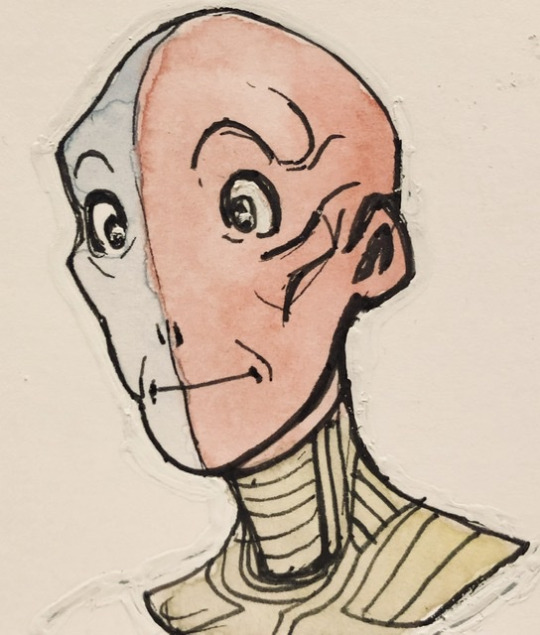
Art by bdonoho
Major spoilers for Starsight (Skyward Book 2)
The Skyward series is a young adult space opera in the style of Top Gun with a bit of eldritch horror and superpowers mixed in. Book 2 introduces a new alien race known as the Diones with one of the most fascinating reproductive processes I've heard in fiction.
Diones are a species that reproduce by melding together. They don't have male or female genders, but instead have changing colors. They also exclusively use they/them pronouns. When they decide to have a child, a red and blue Dione combine into a Draft.
Whenever a Draft is created, it gains a personality. A mixture of both of its parents in a random way, but also something new. Drafts are split down the middle, with a red half from one parent and a blue half from the other. Rather than referring to a mom or dad, as they don't have gender, they refer to their parents as "rightparent" and "leftparent." (I don't know if Diones continue to do this after they're born, or if those terms are just used by the Drafts. The other Diones in Starsight don't talk about their parents.)
If the parents or extended family don't like that particular Draft, they'll be redrafted. If they do, they give birth to them as a new child that will carry memories from its time as a Draft.
This is a point of conflict in the story as one Dione Draft, Morriumur, feels compelled to prove themselves to their family to show that they deserve to be born as a separate person.
Even though the Draft is a new personality, the parents still exist in their head too, watching, as explained by Morriumur when asked if they could feel their parents.
“Kind of,” Morriumur said. “It is difficult to describe. I’m made up of them. In the end, they will decide whether to give birth, or whether to pupate and try again. So they’re watching, and they’re conscious—but at the same time they are not. Because I am using their brains to think, as I am using their melded bodies to move.”

Art by Jillustrations
One of the later interludes in the book is written from Morriumur's perspective and describes an even more plural experience.
Being two people was an uncomfortable experience for Morriumur. On the left, one could argue that Morriumur had never known anything different. On the right, one could point out that one’s separate halves—and the memories they had inherited—knew precisely how odd the experience was. Two minds thinking together, but blending memories and experiences from the past. Only some from each parent, a stew of personality and memory. Occasionally their instincts fought against one another. Earlier in the day, Morriumur had reached to scratch their head—but both hands had tried to do it at once. And before that, at the sound of a loud bang—just a dish being dropped—Morriumur had tried to both dodge for cover and jump up to help at the same time.
Both parents are still there. The instincts of both influence Morriumur.
At this point in the book, Morriumur is about to be undergo the redrafting process themselves.
Morriumur asks at one point what will happen when redrafted.
“When I come back out, will I remember these months?”
“Faintly,” Numiga said. “Like fragments of a dream.”
The description of remembering it faintly like fragments of a dream feels very dissociative to me. A personality was created and existed for these months. Then it's replaced by a new one that will only faintly remember the past few months, likely as if those months happened to somebody else.
Morriumur also hears internal communication they believe is from their parents, although they're unsure which is which.
You’d have been too frightened to fight a delver anyway, a part of them—perhaps one of their parents—thought. Too aggressive for dione society. Too paranoid to fight. Redrafting is for the best.
For the best, another part of them thought.
The fact that Morriumur doesn't know is actually one of the more interesting aspects of plurality that isn't often covered in fiction. The frequent blendiness and just not knowing if a voice in your head is from you or someone else, and not knowing who it came from.
Massive Spoilers Ahead. If you haven't read Starsight but plan to later... you shouldn't have read this far, but seriously... stop reading here...
Into The Delver
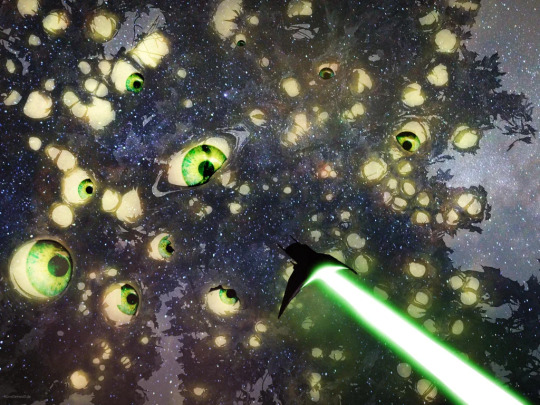
Art by u/MagicalSpaceWizard
In the Skyward books, there are planet-destroying monsters called Delvers. The Delvers appear as indescribable dark masses the size of moons that cause hallucinations in any who fly into them.
This is how Morriumur reacted to a Delver appearing overhead in the sky:
It’s a delver! one mind trembled. Run!
Flee! the other mind screamed.
Around Morriumur, relatives scrambled away, running—though how did you run from something like this? Within moments, only Morriumur was standing there before the building, alone. Their minds continued to panic, but Morriumur didn’t let go, and slowly their minds relaxed and knit back together.
While the parents' minds are screaming to run away, Morriumur stands firm.
After this, Morriumur flies up to fight the Delver.
When training to fight Delvers, pilots were always instructed to bring a wingmate to help them differentiate between reality and the hallucinations. You would need two people since the hallucinations wouldn't be the same for each.
But Morriumur's unique circumstances made Morriumur immune to this.
“Two people…,” I whispered, holding my head. “You need—”
“That’s the thing, Alanik,” Morriumur said. “I am two people.”
In the end, Morriumur's plurality made them perfect for combating the Delver. All Morriumur saw was overlaying shadowy images.
Morality Of Drafting
I love Morriumur's plurality in this book, and how it was depicted as such a positive thing in the climax of the story, despite seeming so alien to the main character.
Having said that, Dione society and how they treat Drafts bothers me. At one point, the characters have this exchange:
“But if they decide to try again, instead of having you, it’s kind of the same thing as you dying.”
“No, not really,” Morriumur said, cocking their head. “And even if it were, I can’t really be killed—I’m a hypothetical personality, not a final one.”
The book doesn't really tell you whose perspective is right. To Morriumur, this is normal. Later, when about to be redrafted though, Morriumur is scared and doesn't want to go.
As far as I'm concerned, Morriumur is a person. That time they exist isn't just a hypothetical personality but a real one, and Morriumur being redrafted feels like the equivalent of a death.
But this itself is a debate within the plural and tulpamancy communities, if dissipating or getting rid of a headmate/tulpa/alter/personality is really the same as an actual death. What about accidental permanent dormancy? What about fusion? What about de-fusion? What a death is when it comes to plurality is complicated.
And ultimately, I like that the book didn't try to answer this type of question. We have the main character's human perspective. We have Morriumur's Dione perspective, and the perspectives of their family and culture.
But it doesn't feel like we're told what is right. The morality of their culture's practices are messy and complicated, and the book doesn't try to convince you who's right or who's wrong. It just presents them as two different conflicting perspectives.
Conclusion
The Skyward series is fantastic, as is its handling of this unique form of plurality that, while alien, is also deeply relatable to us as a system.
While the morality of Drafting is complicated, the plurality itself is treated as positive thing that was ultimately integral to the book's plot.
It was nice for the book to give us an interlude in Morriumur's head to really get a feel for their internal experiences. The book was written in 1st person in the main chapters, and this was the only alien whose perspective we ever get to see so directly. (There were other interludes but those focused on other human characters.)
So I'm really grateful Morriumur's interlude was included, and more generally, just absolutely love their character.
#pluralgang#brandon sanderson#skyward#starsight#cytoverse#dione#plurality#plural#endogenic#multiplicity#systems#plural system#endogenic system#tulpa#fiction#novels#books#sysblr#sci fi#science fiction
83 notes
·
View notes
Text
I already made a post about it before, but since a lot of people are coming around for more Greek mythology content, I thought "Why not take off the dust from old talks?", and thus here is my redo-post about the Homeric vs Hesiodic tradition.
I am summarizing here greatly but... We all know that Homer's epics (The Odyssey and the Iliad), and Hesiod's works (The Theogony, Of Works and Days) form the "basis" of Greek mythology as we know it today, as they are the oldest literary records of Greek mythology we have, and the Ancient Greeks themselves shared the same opinion, even going as far as using them and analyzing them to understand their own religion.
And yet, despite this set of works being considered together as a "whole", Hesiod and Homer actually presented two different visions of the Greek mythology and the Greek pantheon, often contradicting - and many of the "There's thousands versions of a same myth" trend about Greek mythology comes from the fact that these two fundamental set of works were already in conflict.
Why? Long story short it is agreed that Homer was the oldest of the two, and that in his works he reflected an older, more primitive state of the Greek religion and Greek gods. Meanwhile Hesiod, the "youngest", collected a more modern and recent set of beliefs that would become the dominant Greek theology of Ancient Greece. There's a lot of interesting debate and scholarly study about this, but in this post I just want to collect and highlight a few key differences between the "Homeric" and "Hesiodic" traditions, to again remind people that you are not always forced to stick to one version, since already at the beginning of all there were TWO recorded versions, from which many many more different spawned afterward...
KEY DIFFERENCE 1: Everybody knows Hesiod's Theogony, and how from Chaos came Gaia and Ouranos, and from them came the Titans, and then the Olympians. One long genealogy dating back from the Earth and the Sky out of the primordial void... And yet Homer hints heavily at another cosmogony, where Oceanus/Okeanos and Tethys are not actually part of the Titan siblings (as Hesiod claims)... But the origin of all things. The parents of all the gods, and the source of all life, as many divine beings (from Hera to Hypnos) explain repeatedly. The clues scattered throughout the Iliad and the Odyssey point out to the fact the "cosmic couple" might have been originally the water deities of the sea and ocean, before being replaced by the sky-and-earth one ; and this puts under a very different light why the two stayed "neutral" during the conflict, and why Oceanos and Tethys would end up sheltering Hera during Zeus' attack against Kronos...
Key difference 2: Everybody knows the story of Aphrodite being born from Ouranos' sexual organs being cut off by Kronos and thrown into the sea... And yet Homer tells a very different story about Aphrodite being actually a daughter of Zeus. Her mother is a mysterious goddess named Dione - I say mysterious because outside of Homer, and a handful of other things, we know barely anything about her. Most of what we know is that she had an actual worship in the old Greek religion (the grove of Dodona was dedicated to her), and that all analysis and studies point out to her being a female version/counterpart of Zeus. If I recall well, from Homer making her a secondary character in his epics (with a famous scene of her comforting her wounded daughter), Hesiod made her a mere name dropped among the Oceanids.
Key difference 3: In a continuation of the previous difference, Eris, the goddess of discord, also has different parentages in both tradition. According to Homer, Eris was Ares' sister (and thus the daughter of Zeus and Hera) ; Hesiod rather described her as one of the many children of Nyx, the primordial goddess of the night. (In fact, in the Hesiodic tradition Eris took example on her mother and gave birth in turn to many malevolent and destruction personifications ; this was not the case in the Homeric works).
Key difference 4: The story of Hephaestus/Hephaistos being born of Zeus and Hera the... let's say "regular" way comes from the Homeric tradition. Hesiod actually depicts a very different birth-story ; and in quite a twist, most people today remember Homer's genealogy than Hesiod's one. For you see, in Hesiod, Hephaistos was actually conceived by Hera alone, without any male intervention. She had grown jealous of Zeus having a daughter of his own (with Athena coming out of his head). She basically interpreted this as her husband "showing off" and somehow trying to prove he did not need women to have children (I am extrapolating here but that's the core idea) ; so in return Hera decided to have a child all on her own too, and she managed to fall pregnant and have a son with her own power, no Zeus or other god involved... But the result was Hephaistos, ugly and lame.
Key difference 5: Homer placed a lot more focus on Helios than Hesiod. In fact, Helios is so present and so involved in the Homeric epics that he is basically the unofficial "thirteenth Olympian". And, while in Hesiod's Theogony the name "Hyperion" designates one of the Titans born of Gaia and Ouranos, and the father of Helios, Selene and Eos ; in the Homeric epics, instead "Hyperion" is a qualificative/synonym/alternate name of Helios himself, and not at all a distinct entity.
Key difference 6: In Hesiod's cosmogony, the Moirai are a trinity of goddesses, each with their specific name and function - the goddesses we know today. Hesiod even gives two CONTRADICTING birth-stories to explain the origin of the Moirai (if having two conflicting "founding fathers" wasn't enough, we now have a guy who contradicts HIMSELF). Hesiod alternatively describes the Moirai as either daughters of Nyx (and so part of these primordial deities of darkness and doom born somewhere in the mysterious beginnings of time) ; either as daughters of Zeus and Themis (and in this version they explicitely received their powers over fate from Zeus himself).
In Homer, the Moirai are much less defined and personified - in fact, many times - almost all the time - he refers to Fate/Destiny as a singular entity. Not only is the fate goddess singular (except for some parts of his epics that evoke a group of "weavers"), but she is as I said not very personified, not given any attribute, genealogy or description, to the point that... it seems that she was just a poetic metaphor, a rhetorical allegory, a personification more than a goddess. Instead, in the Homeric world it is Zeus that fills the role of the god of fate and destiny - changing fates and weighing destinities on his own ; a far cry from the future image of a Zeus that must bow to the laws of fate.
There are many, many more differences to point out between Homer and Hesiod - but I think those selected fews are enough to show that, even in its "foundations", Greek mythology kept offering alternative and variations ; and that by putting the ancient works back in a correct chronology order, we get fascinating evolutions (Oceanos and Tethys replaced by Gaia and Ouranos ; Zeus losing the paternity of many important goddesses ; Zeus losing his place as a god of fate ; Helios losing importance as time went on, entire deities disappearing such as Dione...)
#greek mythology#homer#hesiod#homeric tradition#greek gods#hesiodic tradition#moirai#zeus#dione#titans#aphrodite#eris#helios#hyperion#hephaestus#hephaistos#hera
36 notes
·
View notes
Text
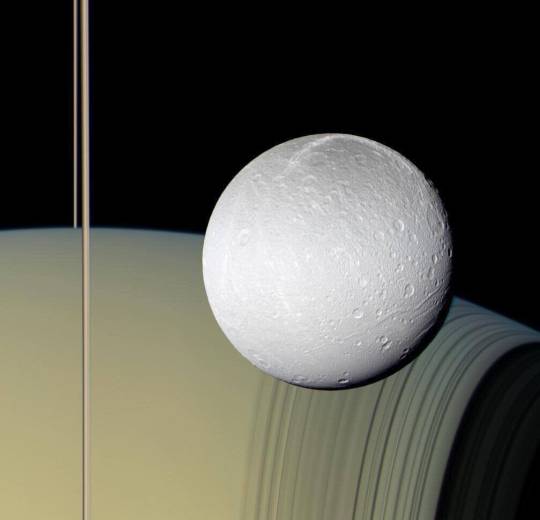
Saturn and Dione, captured by NASA Cassini.
#go for queue deploy#nasa#nasa cassini#cassini#saturn#dione#solar system#planet#moon#space#space exploration#probe#satellite#space photography#space and astronomy#astronomy#spaceflight#outer space#space program#science#technology#engineering#stem#exploration#space is cool
215 notes
·
View notes
Text

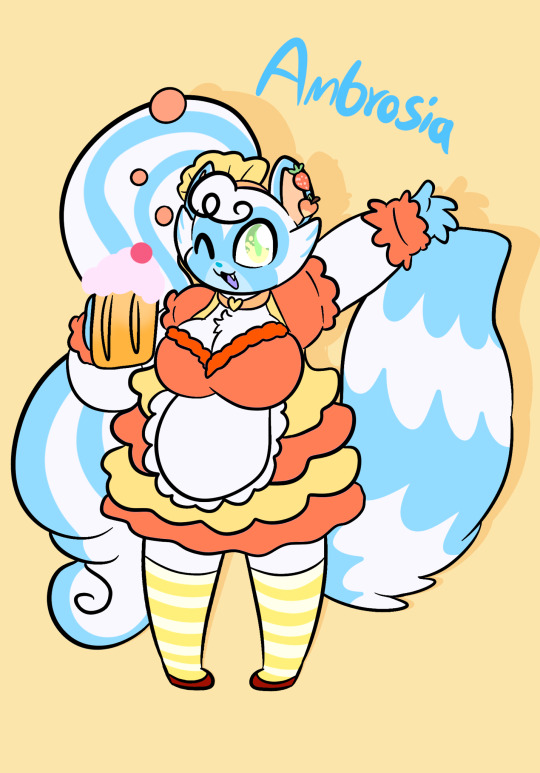
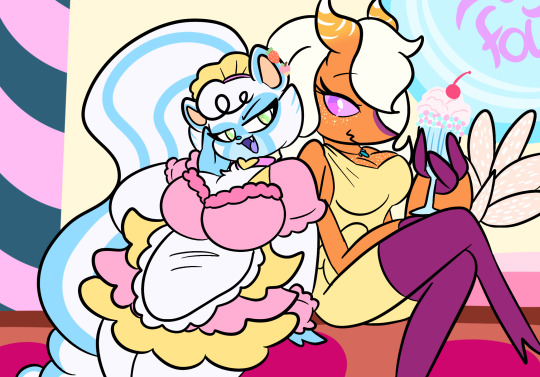

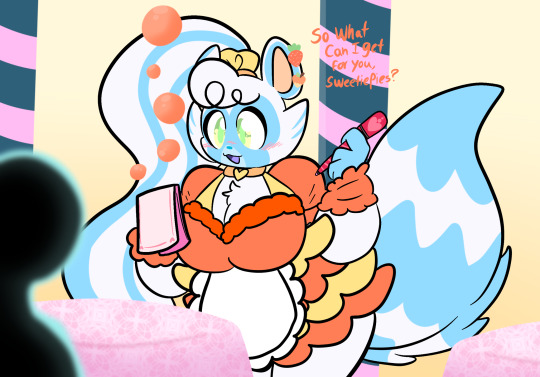
Time for another OC reveal again.
Meet Ambrosia. A happy Go Lucky upbeat Raccoon who loves to serve with a smile and make her customers happy. She works at a sugary food and drink bar called the Sugary Fountain. She and Dione are close as they work together. Ambrosia keeps an ear and eye out for Dione’s current targets and passes them to her and in return, Dione gives her extremely powerful sugar for the business
Also Ambrosia is the first OC of mine to have two different colours of the same outfit, Pink and Orange Pink.
#oc#origanal character#pinkie art#Ambrosia#she’s a happy gal who loves seeing everyone happy with their drinks#but will kick your ass if you mess with her#Dione
22 notes
·
View notes
Photo
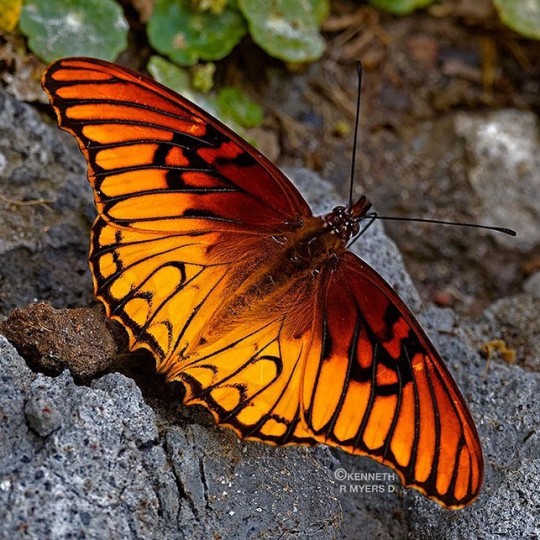
Northern Mexican Silverspot
#northern mexican silverspot#mexican silverspot#Dione moneta poeyii#butterfly#upl#Dione moneta#Insecta#Lepidoptera#Nymphalidae#Dione
266 notes
·
View notes
Text

A warmup drawing of my mean and rude tiefling wild magic sorcerer durge, Dione, that got extremely out of hand
#fanart#oc#mails art#bg3#dione#<- just in case i draw her again i love her sm...#it's really funny that i put myself in a situation where i would NOT be able to get to my PS5 this weekend#because I've been playing WAY too much BG3 every weekend instead of being productive#and i ended up drawing my BG3 character this weekend instead of being productive.
40 notes
·
View notes
Note
Athena, Hera, Aphrodite, Tethys, and Dione to Zeus:
RELEASE METIS
In my retelling Metis escaped as a small insect at the same time that Athena escaped. Then went into hiding and married Brontes in secret and had their son Porus. I imagine Metis isn’t a vengeful person (in sharp contrast with Hera) and she knew confronting Zeus over what he did would cause a devastating war between the gods so she just tries to protect what little she has left.
#greek mythology#headcanon#Metis deserves so much better#greek pantheon#ancient greek mythology#greek goddess#metis#athena goddess of wisdom#athena goddess#athena#but why would Aphrodite gaf lol#Dione would care tho that’s her sister#Dione#tethys#hera#hera goddess#hera deity#zeus#hera greek mythology#hera x zeus
17 notes
·
View notes
Text
Sure, everyone talks about Hera resenting and persecuting other women Zeus has children with, but let's also talk about Themis and Dione, both consorts of Zeus, coming to support Leto on Delos during her labour (Homeric Hymn 3), Maia raising Kallisto's son by Zeus (Apollodoros, Library 3.101), Leto raising a son of Zeus and Europa (Pausanias, Description of Greece 3.13.5), and Artemis and Athena being reared together with Persephone (Diodoros of Sicily, Library of History 5.2.3), which leads me to believe that (at least in this tradition) Demeter and Leto are on good terms and raised their daughters (and Athena) in common.
20 notes
·
View notes
Text
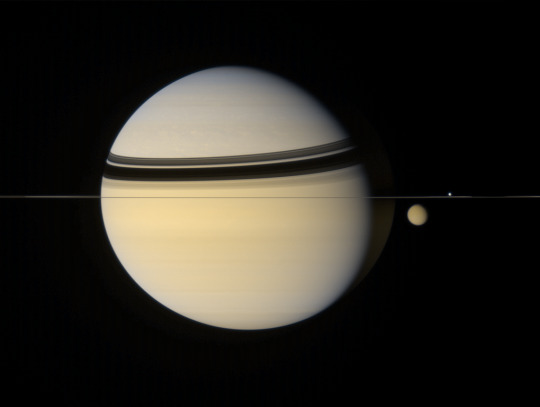
Saturn, Titan and Dione
Credit: Gordan Ugarkovic
#saturn#saturno#planet#planeta#space#espaço#universo#universe#astronomy#astronomia#dione#titan#cassini
967 notes
·
View notes
Text
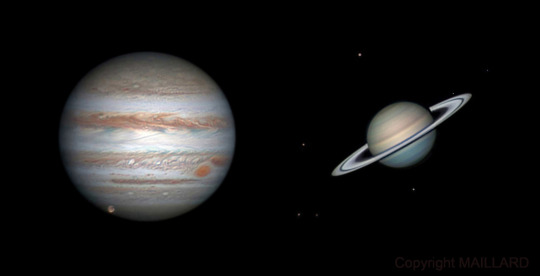
Jupiter and Saturn and a few of their moons // MAILLARD
Projected onto the disk of Jupiter is its largest moon, Ganymede.
Several moons surround Saturn. Counterclockwise from left to right: Tethys, Dione, a background star, Mimas, Enceladus, Titan, and Rhea.
#astronomy#astrophotography#solar system#planet#gas giant#jupiter#saturn#saturn's rings#moon#jupiter's moons#saturn's moons#galilean moons#saturnian moons#ganymede#tethys#dione#mimas#enceladus#titan#rhea
55 notes
·
View notes
Text

Saturn's Moon Dione - October 9th, 1995.
"Dione, one of Saturn's larger moons, is remarkable for its bright surface streaks. These streaks run across some of Dione's many craters, which indicate that the process which created the streaks occurred later than the process which created the craters. Dione is made of mostly water ice but its relatively high density indicates that it contains much rock inside. Dione was discovered by Giovanni Cassini in 1684. NASA's Cassini mission to Saturn was scheduled for launch in October of 1997. Dione's orbit is remarkable in that it also houses the much smaller moon Helene. This moon, once designated "Dione B", precedes Dione by about 1/6th of an orbit."
46 notes
·
View notes
